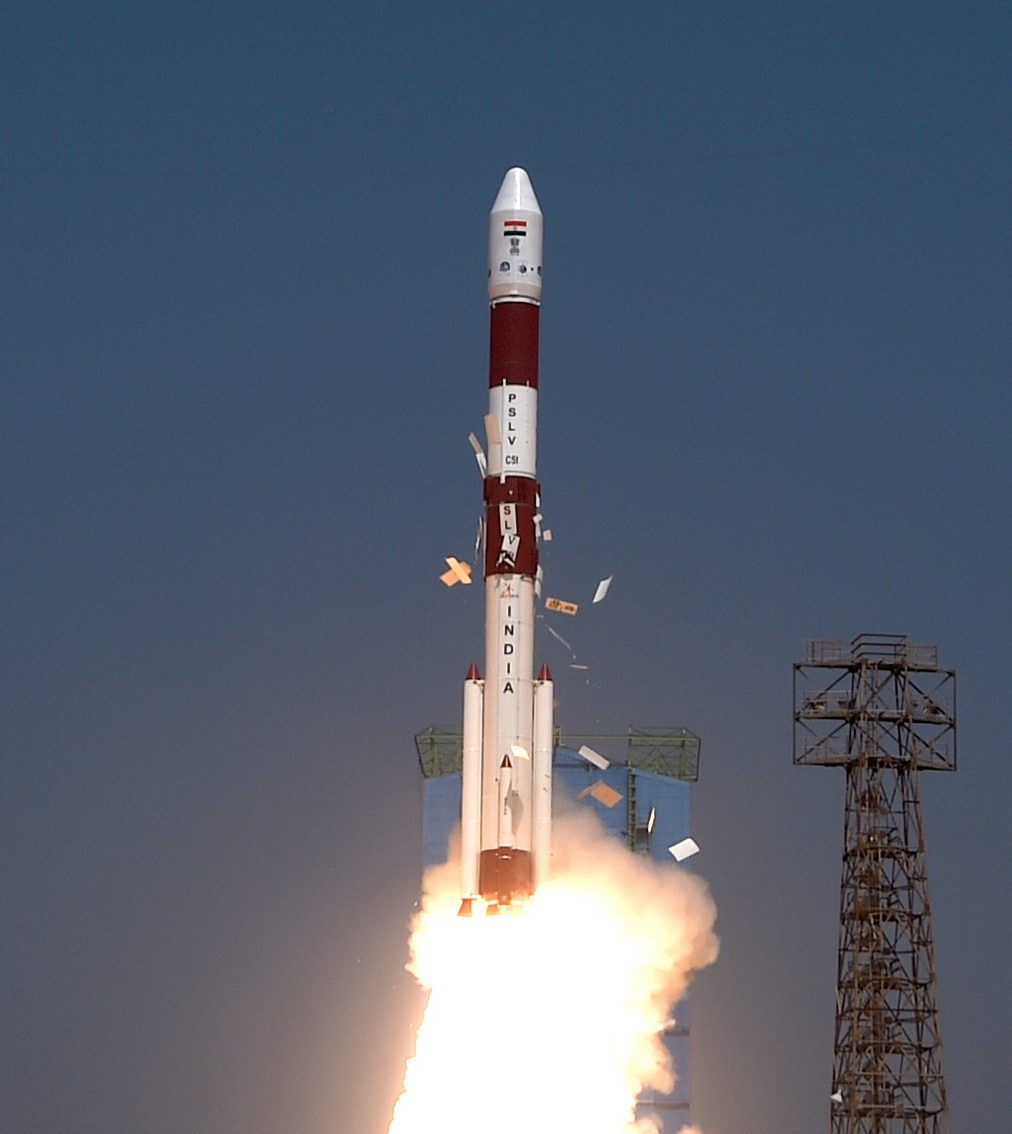
ISRO to study black holes with new satellite launch, second globally
On New Year’s, the Indian Space Research Organisation (ISRO) fired up its space expedition with the successful launch of its inaugural satellite dedicated to studying black holes and other astronomical objects from Sriharikota spaceport. The X-ray Polarimeter Satellite, weighing around 470 kilograms, was propelled into a 350-kilometer orbit from Sriharikota, India’s primary spaceport island. The satellite was shot into space onboard a Polar Satellite Launch Vehicle Rocket (PSLV-C58).
The primary objective of the PSLV-C58 mission is to measure the polarization of X-rays in the energy band of 8-30 keV from approximately 50 potential cosmic sources. The satellite will delve into the intricacies of X-rays emitted by approximately 50 celestial bodies, utilizing two payloads developed in collaboration with a research institute in Bengaluru.
The X-ray Polarimeter Satellite (XPoSat), which is only the second in the world after NASA, is built at an estimated cost of $30 million. At the core of this mission is XPoSat’s primary payload, which includes POLIX (Polarimeter Instrument in X-Rays) designed by Raman Research Institute, and XSPECT (X-ray Spectroscopy and Timing) crafted by the U R Rao Satellite Centre in Bengaluru.
According to the space organisation, the mission has an expected lifespan of about 5 years.
This mission is not the first space odyssey the world has witnessed, when it comes to studying the black holes specifically. A similar mission and the first of its nature was initiated by NASA in 2021. Apart from NASA, there are other parallel explorations launched by its counterparts. For example, China’s National Space Administration ventured into this domain in 2017 with its first X-ray space telescope, centring on observing black holes, pulsars and gamma-ray bursts.
This launch comes following the success of ISRO’s Gaganyaan Test Vehicle D1 mission in October. ISRO adds another feather to its cap with the launch of the PSLV-C58 rocket in its 60th mission. The mission is set to carry the primary payload XPoSat, along with 10 other satellites destined for deployment in low earth orbits.
This satellite launch also marks a triumphant culmination of a remarkably successful year for ISRO. In August, ISRO achieved a milestone with its Chandrayaan-3 Moon mission, executing a historic touchdown near the lunar South Pole, a region previously unexplored by any nation. Shortly after that, the organization expanded its celestial endeavours by launching Aditya-L1, a groundbreaking observation mission directed at the Sun, signalling ISRO’s diverse and ambitious foray into space exploration.
However, the current launch is merely a prelude to the myriad projects ISRO has lined up for the year. The space agency is poised to orchestrate a series of endeavours, underscoring its commitment to pushing the boundaries of space exploration and scientific discovery. It is actively seeking collaborations with other spacefaring nations. NASA Administrator Bill Nelson’s visit in November last year preceded talks on a joint US-Indian Earth-observing mission scheduled for a 2024 launch, underlining the collaborative spirit that permeates international space exploration efforts.


